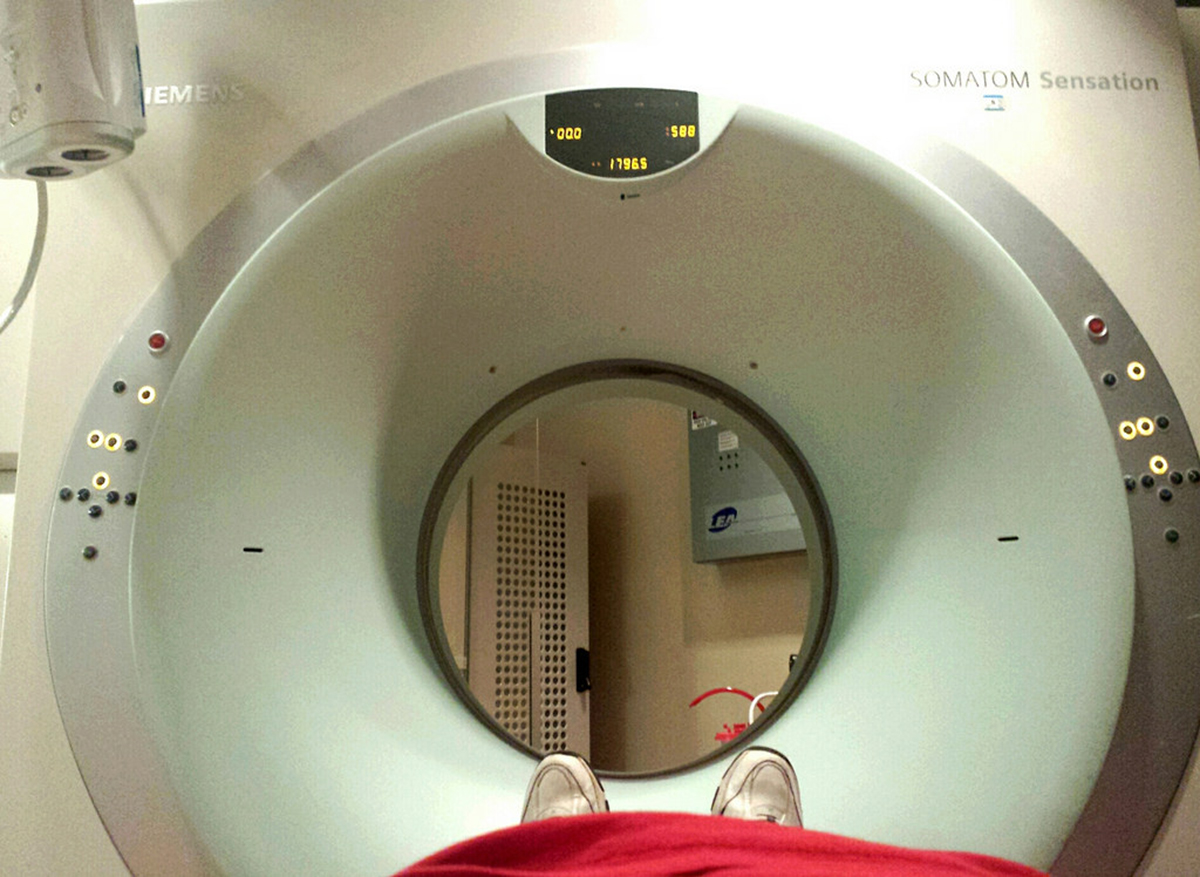Pseudotumor Cerebri is a diagnosis is given when the fluid pressure inside your skull is increased, but there is no obvious cause. Pseudotumor Cerebri is also known by other names including idiopathic intracranial hypertension and benign intracranial hypertension.

It is called pseudotumor because the symptoms are very similar to a tumor, but there is no actual tumor in the brain. Therefore it is not a life-threatening condition, but is difficult to manage and treat nonetheless. Often it becomes a chronic condition, and ongoing monitoring and treatment is sometimes necessary.
Although the exact cause is unknown, there are theories and risk factors that are known. The fluid on the brain is spinal fluid, and it protects the brain by acting as a cushion. The fluid drains and is absorbed into the bloodstream, so one theory is that there may be a problem with this process of absorption, resulting in a build-up of fluid. Studies have also shown that often there is a narrowing of certain sinuses in the brain, but so far it has not been established whether this is the cause of the condition, or a result.
Pseudotumor cerebri typically affects women of childbearing age. It can also occur in children and males, but at a much lower rate. It is believed to affect up to two women in every 100,000. Two known risk factors are obesity and contraception. Patients diagnosed with pseudotumor cerebri are strongly advised to lose weight, and if they are on the combined contraceptive pill, they are taken off it. They don’t know why estrogen plays a part in the disorder, but they do know that it does.
Pseudotumor Cerebri: Symptoms
Symptoms of pseudotumor cerebri typically start with headaches that can be moderate or severe, and last for a very long time, sometimes for months on end. Movement of the eyes may aggravate the headache, and the headaches often originate behind the eyes.
See Also: Ten Surprising Headache Triggers
Other symptoms can include:
- Whooshing or ringing in the ears in time with the pulse, especially on bending
- Nausea and vomiting
- Dizziness
- Car sickness or motion sickness
- Blurred vision
- Brief blindness episodes only affecting either one or both eyes
- Reduced peripheral vision
- Double vision
- Seeing flashing lights
- Neck, back or shoulder pain
Some people find they can actually see blind spots, which everyone has, but normally they can’t be seen.
Pseudotumor Cerebri: Diagnosis, Treatment And Prognosis
Diagnosing pseudotumor cerebri is relatively straightforward. Initially, an eye examination including visual field testing is done to determine if the discs are swollen and what visual loss has occurred. Following the eye exam, a MRI or CT scan of the brain is often performed to rule out any other conditions, including actual tumors. Finally, and the least pleasant, is a spinal tap, which is also called a lumbar puncture. A needle is placed between two vertebrae in your lower spine and a small amount of spinal fluid is withdrawn for testing. Occasionally a small amount of fluid will be drained during the procedure to help lower the pressure during an acute attack.

Pseudotumor Cerebri Treatment Options
Once the diagnosis is clear, there are a few treatment options available. The goal is to maintain your eyesight, so the treatments are aimed for that. Patients are advised to lose weight, restrict fluid intake and eliminate salt from their diet. There are medications that are often prescribed. Acetazolamide is a glaucoma drug, and it is believed it helps to reduce the production of spinal fluid. As well as fluid restriction, diuretics may be used to reduce fluid retention. If the headaches are severe, migraine medicines may be given to combat the pain.
In severe cases where the eyesight is seriously compromised, there are two surgical procedures that may be necessary. A spinal fluid shunt may be placed into your brain or spine to drain the excess fluid. The shunt tube is placed under the abdominal skin, and the fluid is then absorbed. This procedure is not performed too often, as there are complications associated with it such as blockages of the shunt, which can lead to further surgeries. Also, if too much fluid is drained, you may end up with a low-pressure headache, which is extremely painful.
The other surgical option is called optic nerve sheath fenestration. A window is surgically created in the membrane surrounding the optic nerve, which enables the excess fluid to drain. This procedure is also only performed as an extreme measure, as it can sometimes lead to worsened vision.
Prognosis
Provided treatments and monitoring are kept up, sometimes for the rest of your life, the symptoms can be kept minimal. Some people only ever have one acute phase of the illness, then it just goes away. For others however, there is always the risk of recurrence, and often some symptoms continue chronically. Headaches can be common, and residual papilloedema may be a factor. Generally, regular vision examinations are the best method of monitoring the disease, and with any changes, treatment will begin again.
See Also: Hemiplegic Migraine Treatment: Familial Hemiplegic Migraine
The incidence of visual loss is quite high, with an estimated up to 50 percent eventually experiencing some type of blindness or visual obscurations. It is important to remember however, that this doesn't happen to everyone with pseudotumor cerebri provided you take care of yourself, be aware of your symptoms, and seek medical assistance when needed. Being proactive can help prevent the pain of chronic headaches and blindness.
- Photo courtesy of r.nial.bradshaw via Flickr: www.flickr.com/photos/zionfiction/7484820084
- Photo courtesy of frankieleon via Flickr: www.flickr.com/photos/armydre2008/16288548276

